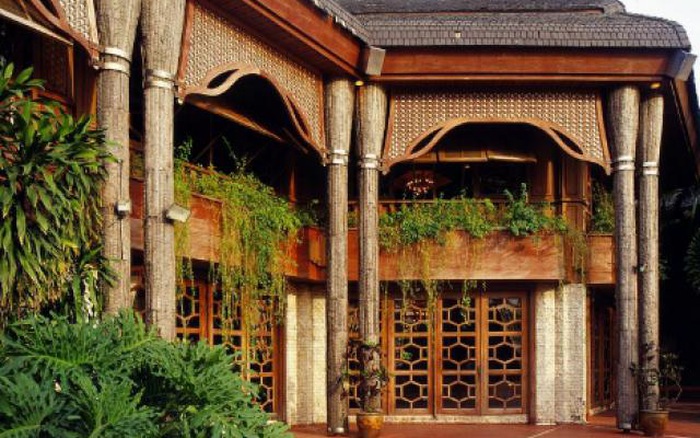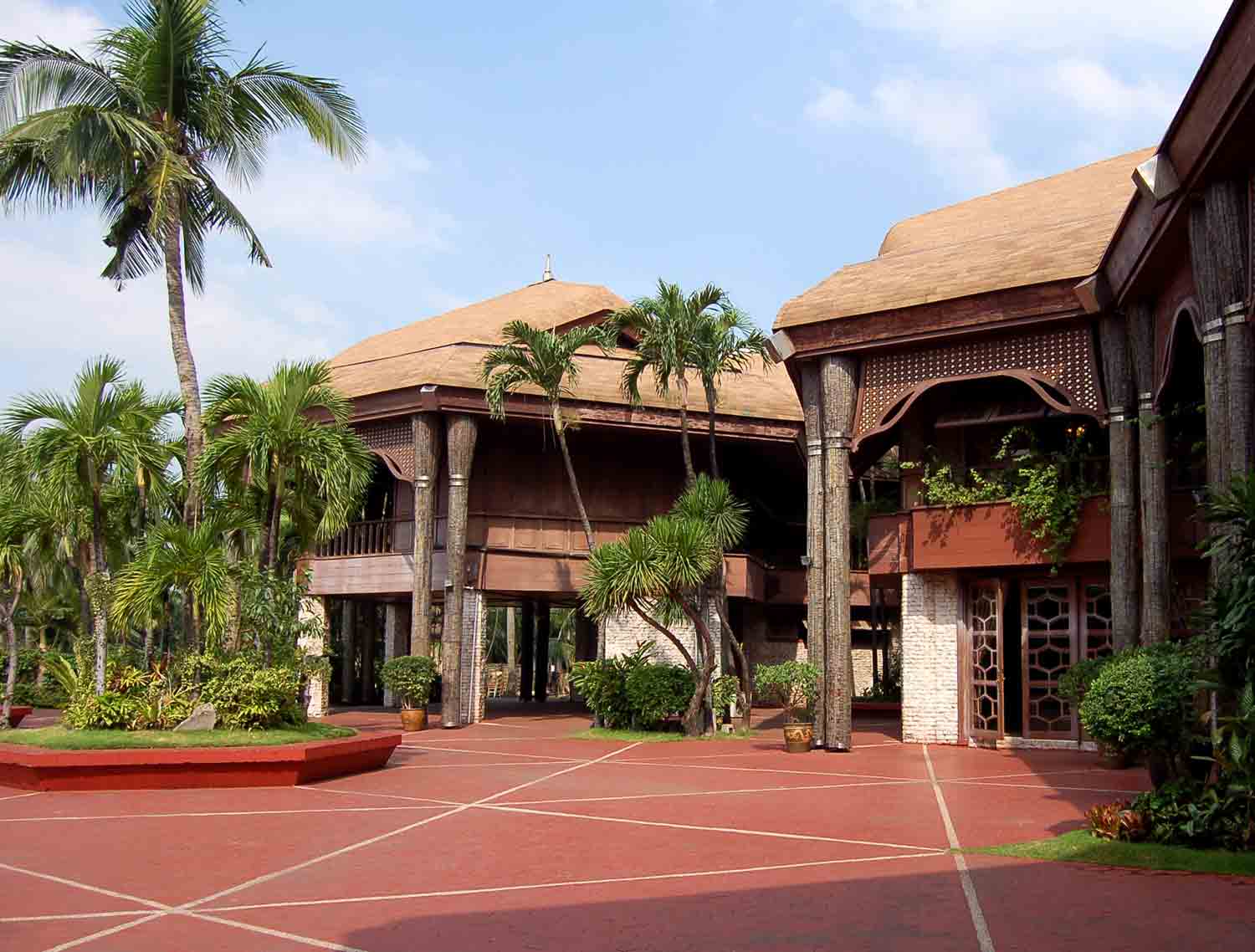Also called “Tahanang Pilipino” (Filipino Home), the Coconut Palace is like no other home that has ever been built in the world. It is made completely from coconut lumber and other local Philippine materials. It is said that nearly 70% of the structure is made from the coconut tree. Everything from the tree’s roots to its trunk, bark, fruit, flower and shell were used to design and decorate the palace as a demonstration of the versatility of the humble coconut. No wonder the Philippines call the coconut tree the “tree of life”.

While it is supposed to represent the creativity and resilience of the Filipino people and the nation’s beloved coconut tree, the purpose for its construction and the identities of the people behind said construction do not resonate well with the Filipino people.

It was built by Imelda Marcos, who is most popularly known for her collection of shoes and a penchant for extravagant living, and is also known as the wife of former president Ferdinand Marcos.
Commissioned by the former First Lady, the palace was built in 1978 to house Pope John Paul II when he visited the country in 1981. The Pope, however, rightfully refused to live in this overly lavish palace while visiting a poverty-stricken country.

According to the architect, Francisco Mañosa, construction of the palace cost a whopping Php37,000,000 (and that was in 1978). It has seven luxurious suites that were designed to host international VIPs, which included George Hamilton, Brooke Shields, and Libyan president Muammar al-Gaddafi, to name a few.


It also has a library where the Marcos children used to study, a convention room, a huge kitchen, and bedrooms for each of the Marcos family members. Each of the bedrooms is larger and more beautiful than the home of a typical middle-class Filipino family. The former president and First Lady, it should be noted, did not share a room.

According to Cush Travel













